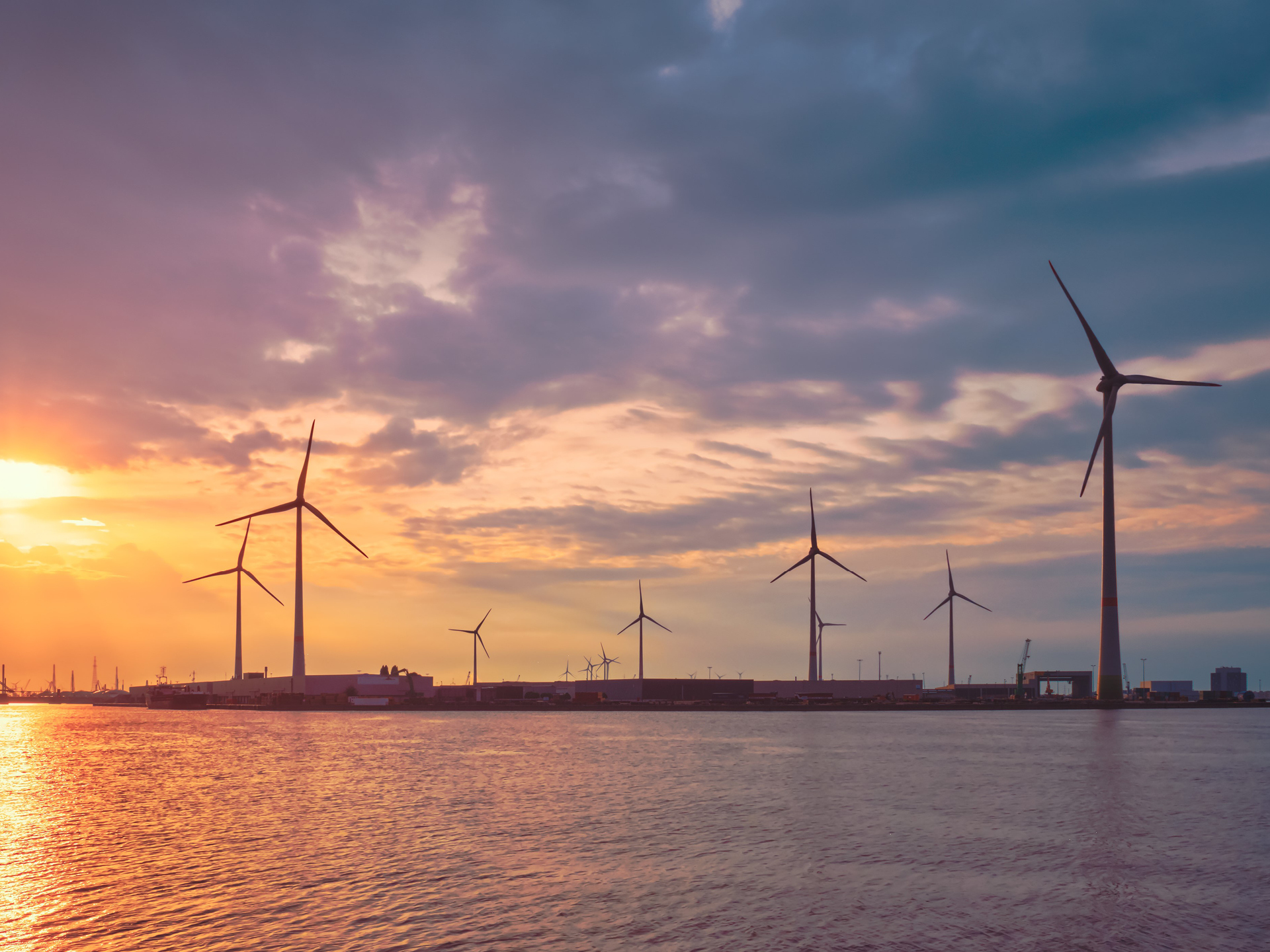Executive Summary
Decarbonizing the maritime industry will depend on alternative fuels. E-fuels are attractive because they offer the possibility to achieve substantial emission reductions. However, decarbonizing the maritime industry with low-emissions e-fuels will require a sufficient supply of renewable electricity, which is also increasingly in demand from other sectors that are also trying to decarbonize. If there is insufficient renewable electricity to meet demand from all industries, cross-sector competition and prices will increase. As the maritime sector has some of the highest abatement costs, it may not be willing or able to compete for high-cost renewable electricity, limiting e-fuel availability and hampering decarbonization efforts.
The long-term technical potential for global renewable electricity is more than enough to meet demand from all industries. Still, it is unclear whether we will be able to scale up renewable electricity capacity quickly enough to meet demand from every sector between now and 2050. To find out more about regulatory and supply chain constraints that may limit renewable electricity supply in the short term, we analyzed publicly available information, collected partner data, and conducted interviews with industry experts, including energy companies, technology providers, regulators, and finance companies.
We analyzed the political climate and regulatory factors in six countries with high technical potential for wind and solar installations and renewable electricity costs in the lowest 20% globally. National policies vary, and the situation is unique in each country. However, we found that most countries were increasingly in favor of renewables. Furthermore, we found that the timelines for permitting were adequate, with permitting, pre-construction, and construction taking 2-6 years in all countries. As a result, we concluded that regulation and policy are not major barriers to increasing renewable electricity capacity.
We also analyzed the supply of materials and resources across the wind and solar supply chains. We found four key constraints which may limit renewable electricity supply to the maritime industry in the 2030s and 2040s, and may result in a shortage of e-fuels:
1. The most concerning constraint is the availability of copper, a key material for solar and wind installations, which is typically slow to increase supply
2. Nickel is also a concern, as it is already in high demand. Nickel is used in electrolyzers, which will be vital for producing hydrogen from renewable electricity for load balancing and e-fuels.
3. A shortage of rare earths may limit wind installations, but this may be overcome by using geared rotors that do not rely on rare earths.
4. Labor may be a constraint across the supply chain, from installing and maintaining solar and wind capacity, to increasing the manufacturing of transmission components. Workers could be transferred from oil and gas to combat this constraint. However, this will require retraining, which takes time.
We also identified limitations on transmission component manufacturing and installation vessels for offshore wind. We expect e-fuel production to be integrated at solar or wind farm sites, so these limitations are unlikely to impact the maritime industry directly. However, they could increase the pressure on global renewable electricity supplies and increase prices.
Our analysis suggests that renewable electricity will be limited in the 2030s and possibly into the 2040s due to material and labor constraints that will impact our ability to build capacity. As a result, we expect supplies of e-fuels for the maritime sector will be limited in the 2030s and possibly 2040s. Shipowners should be wary of relying on e-fuels alone for decarbonization.
To avoid a shortage of renewable electricity and e-fuels, the maritime industry could secure long-term renewable electricity supplies contractually before other sectors move. Otherwise, the maritime industry may need to expect to utilize other fuel pathways during the transition period; depending on availability, these could include blue fuels, fuels produced using nuclear power, batteries, or biofuels. Regulators can ensure a smooth transition by supporting the use of transition fuels on the path to decarbonization.
